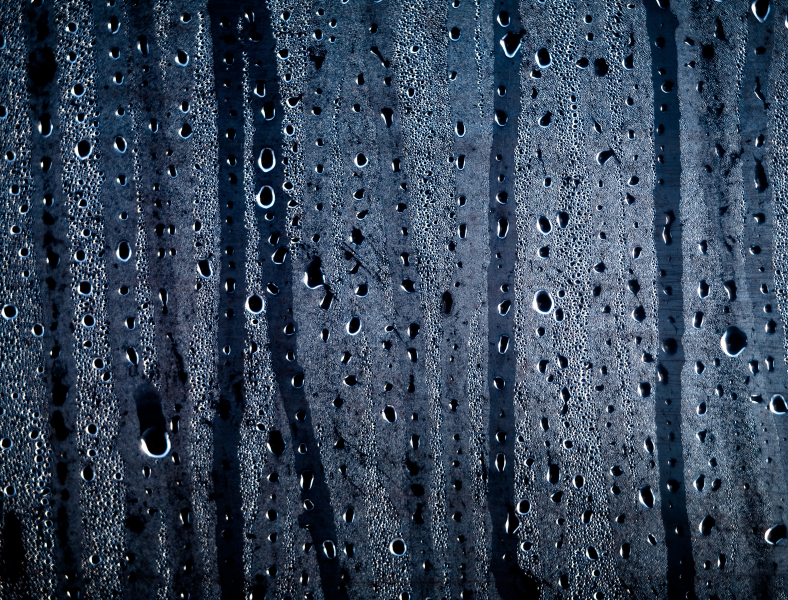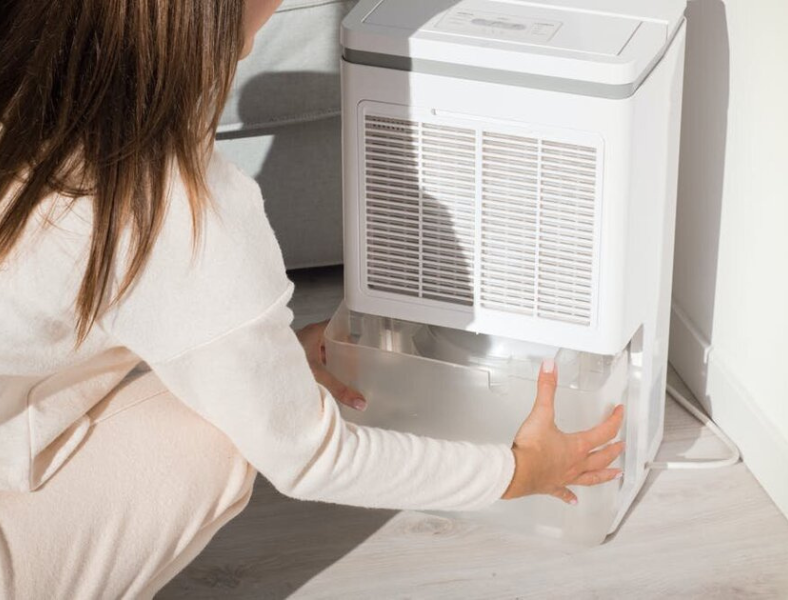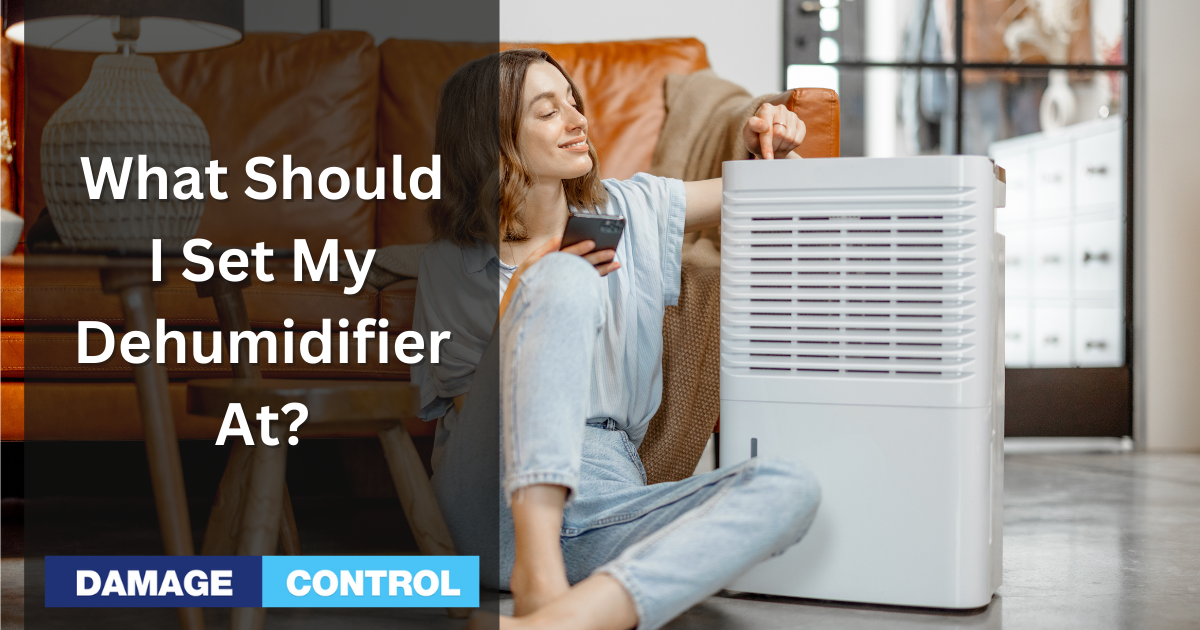Welcome! If you're uncertain about the ideal setting for your dehumidifier to maintain healthy indoor air quality, this guide is for you. A dehumidifier removes excess moisture, reducing humidity levels in your home. This is crucial in damp areas to prevent mold growth and musty odors.
The right setting is key for optimal performance. In this article, we'll explore the perfect dehumidifier setting and delve into the concept of relative humidity – the ratio of moisture in the air to its maximum capacity at a given temperature. Let's get started!
Understanding Relative Humidity

Relative humidity is typically measured with a device called a hygrometer. These can be purchased at most hardware or home goods stores, or you can even use a smartphone app to measure relative humidity.
So, what are the ideal relative humidity levels for different environments? Well, that can depend on a few factors. Generally speaking, most experts recommend keeping relative humidity levels between 30% and 60% for optimal health and comfort. Here are some general guidelines for different areas:
- Homes: between 30% and 50%
- Offices: between 30% and 50%
- Basements: between 30% and 50%
- Museums or art galleries: between 40% and 50%
If relative humidity levels are too high, it can lead to mold growth, musty odors, and even damage to your home or property. On the other hand, if relative humidity levels are too low, it can lead to dry skin, throat irritation, and even damage to wood furniture that may or may not be savable.
Factors That Affect Humidity Levels
There are various sources of humidity in homes, such as cooking, showering, laundry, and even plants. These activities can release moisture into the air, leading to higher relative humidity levels if not properly managed.
Temperature and air circulation can also play a role in humidity control. Warm air can hold more moisture than cool air, so if the temperature in your home is too high, it can lead to higher humidity levels. Good air circulation, such as using a fan or opening windows, can help to move moisture out of your home and keep humidity levels in check.
There are also common causes of excessive humidity in homes, such as leaks or poor ventilation. Excess moisture coming in from the outside, such as through a leaky roof or a crack in the foundation, can lead to higher humidity levels inside. Poor ventilation, such as in a bathroom without a fan or a basement without windows, can also contribute to higher humidity levels.
How to Choose the Right Dehumidifier

Setting Your Dehumidifier
Running Your Dehumidifier More Often or for Longer Periods
If you live in a particularly humid climate or have a lot of moisture in your home, you may need to run your dehumidifier more often or for longer periods.
Conclusion
This article covers the importance of maintaining proper humidity levels in your home, choosing the right dehumidifier, and best practices for dehumidifier use. We've also discussed how to troubleshoot common dehumidifier issues.
Some key takeaways include setting your dehumidifier to aim for between 30% and 50% relative humidity, placing your dehumidifier in a central location, and regularly monitoring humidity levels with a hygrometer.
Proper humidity levels can help improve indoor air quality, prevent mold growth, and even protect your property from damage. Following the tips and tricks we've discussed, you can keep your home's humidity levels in check and enjoy a happy, healthy living space.
Monitoring humidity levels regularly and running your dehumidifier as needed ensures indoor air quality remains healthy and comfortable. Remember to follow best practices for dehumidifier use, such as placing your dehumidifier in a central location, cleaning the filter regularly, and consulting a professional if you experience any issues.

